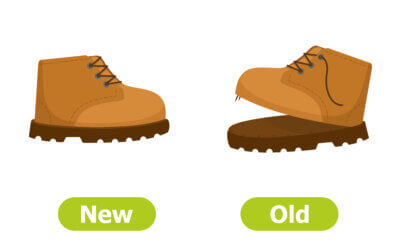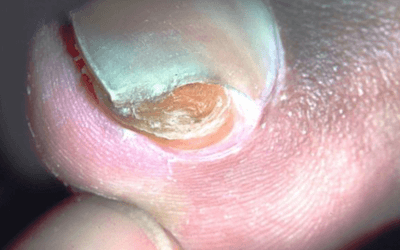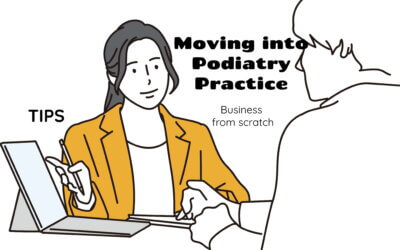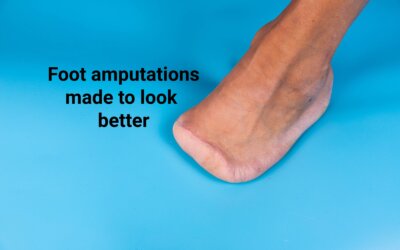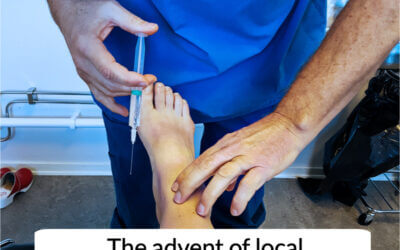Should You Repair Old Shoes
Podiatrists would usually say to change shoes when the heel wears and certainly do not re-heel, but I am not of that ilk despite it being more ideal. Well, chucking out shoes is all right, and it’s good if you can afford it! Despite this warning, I have never had to worry about my posture or foot being affected by a repair. If you can afford to throw away shoes and buy new models, then do this in preference to a service. (Author’s sole illustrated). The brown shoes are typically worn for most adults at the heel. The bottom line is that the design and makeup of the shoe and its robustness will depend on the material and whether it can be made well.
A Bone Swelling on the Big Toe
An injury to the toe is common, not least because the toe sticks out at the end of the body. The excessive growth, like hyper granulation in an ingrown toenail, confuses the clinician because the skin is shiny, stretched, red and easily knocked. I always sent off my bone samples once removed at our local hospital for some years, and they used a specialist hospital in Glasgow to peer review any interpretation. I knew that elsewhere in the body, the bone-cartilage lesion known as an osteochondroma could become malignant in <5% of cases, but in the foot, this is rare.
Pain and the Dorsal Root Ganglia
The long-term effect of the nerves within the DRG failing to settle after being affected causes skin blisters at the end of those nerves where the DRG becomes active. As the blisters either burst or crust over, the itching and burning sensation settles slowly but still leaves a sensitivity. If the sensitivity continues, despite the skin rash and blisters no longer being visible, the condition becomes both chronic and complex.
Shingle Bells Don’t Get Caught
Christmas is about family, having fun with grandchildren, singing carols, unexpected presents, laughter, and overindulgence. On Boxing Day, I felt a peculiar sensory tenderness around my left thigh. There was nothing visible, but the sensation was quite uncomfortable. Analgesics merely subdued the discomfort.
Podiatry Business From Scratch
Whether you are starting your business following graduation or transitioning within the podiatry sector, there are several red flags to watch for. We should refer to them as green flags to counter any notion that independent practice is something to be avoided. This article looks at clinical practice from a static base rather than a domiciliary practice, although there are principles that overlap. Naturally, in such a short space, it is not possible to cover every aspect. More resources can be found at the end.
Your Foot After Amputation
It has been 12 years now since I discovered the amazing way silicone can be used to benefit many orthopaedic solutions. The massive growth of social media is making people more aware, but to be honest, I didn’t know much about it until I began my discovery in 2007. Before then, I’d worked as an orthotic/prosthetic technician without realising its beauty. Even now, I see patients who are so amazed it exists and wish they had known about it years ago.
The Physician’s Eye
The state of observation can only provide a suspected condition and is far from definitive. A clinical examination requires the patient to provide information, but the clinician will observe and listen to exclude the most obvious signs of disease before taking the all-important history. The chance of cardiovascular disease may well be suspected by facial colour, which includes the lips. The next time you see a doctor or specialist, you will be more aware of the fact that you are on show the moment you enter the room. Like a computer, he or she is processing you, gathering data and may have a diagnosis already!
The Clinical Visit
Comprising three distinctive parts, the clinician uses the five senses to guide the process–one might take the humourous view of Sherlock Holmes or Poirot in determining evidence from visual observation and verbal questioning. I hope these small introductory articles provide some interest. The first in the series covers observation as in the Physician’s Eye.
Why Can’t You Make Ganglions Disappear?
Hitting any tissue is not recommended, and indeed, one should avoid using computer tablets and iPads in place of the Bible – that is, unless you are searching for information such as this site, then hit the keyboard instead.
When did podiatrists first use local anaesthetic?
The story of when podiatrists first use local anaesthetic was published here at ConsultingFootPain in August 2018. I have updated this slightly because a recent article in the January 2021 edition of The Podiatrist- ‘rising from the ranks’, has provided a little more information which is worth highlighting (Potter, M). Additionally I go behind the scenes in my latest book, Podiatrist on a Mission.
